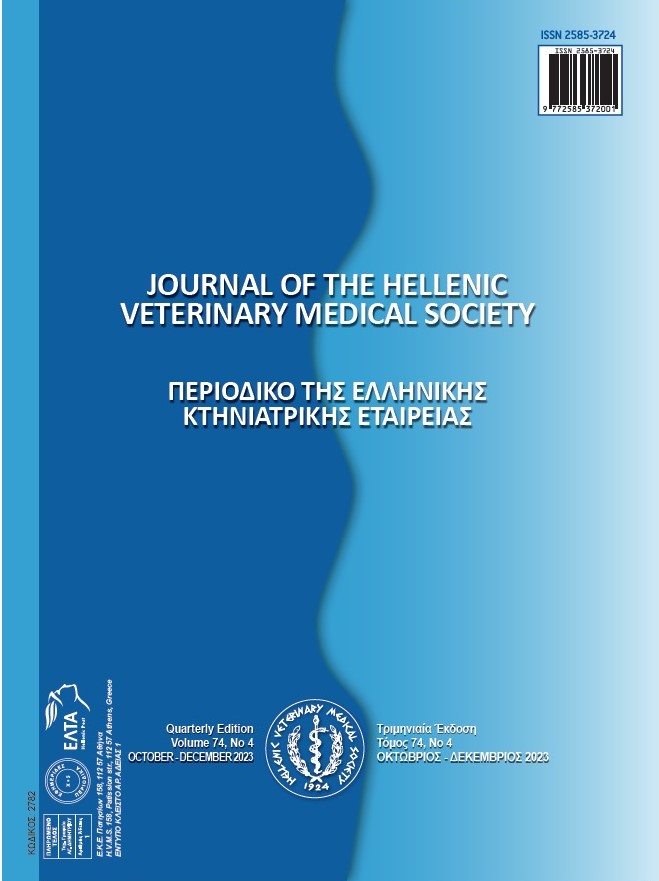The effects of mechanical ventilation on heart rate variability and complexity in mice

Abstract
In a variety of diseases, altered respiratory modulation is often an early sign of autonomic dysfunction. Therefore, understanding and evaluating the effects of artificial ventilation on the autonomic nervous system is vital. The effects of artificial ventilation on autonomic balance have been assessed by heart rate variability using frequency domain and non-linear analysis including fractal complexity and entropy analysis in anesthetized mice. BALB/c mice (n=48) were divided into two groups: Spontaneous breathing and artificial ventilation. The electrocardiograms were recorded. Four different analyses were used: i. frequency domain analysis, ii. Poincaré plots, iii. DFA and iv. Entropy analysis. An unpaired t-test was used for statistical analysis. In a ventilated group, VLF and LF parameters were not changed, whereas the HF parameter was decreased compared to spontaneous breathing mice. DFAα1 was significantly increased due to artificial ventilation but DFAα2 was unchanged. SD2/SD1 ratio was increased, however, SD1 and SD2 were not significantly affected. Also, ApEn and SampEn remained unchanged. HF parameter, DFAα1, and SD2/SD1 were affected by artificial ventilation. Decreased HF and increased DFAα1, further support the notion that HRV is dominated by respiratory sinus arrhythmia at high frequencies, this may be due to decreased vagal tone caused by artificial ventilation.
Article Details
- How to Cite
-
Kazdağli, H., Ozel, H., & Özbek, M. (2024). The effects of mechanical ventilation on heart rate variability and complexity in mice. Journal of the Hellenic Veterinary Medical Society, 74(4), 6671–6682. https://doi.org/10.12681/jhvms.32121
- Issue
- Vol. 74 No. 4 (2023)
- Section
- Research Articles

This work is licensed under a Creative Commons Attribution-NonCommercial 4.0 International License.
Authors who publish with this journal agree to the following terms:
· Authors retain copyright and grant the journal right of first publication with the work simultaneously licensed under a Creative Commons Attribution Non-Commercial License that allows others to share the work with an acknowledgement of the work's authorship and initial publication in this journal.
· Authors are able to enter into separate, additional contractual arrangements for the non-exclusive distribution of the journal's published version of the work (e.g. post it to an institutional repository or publish it in a book), with an acknowledgement of its initial publication in this journal.
· Authors are permitted and encouraged to post their work online (preferably in institutional repositories or on their website) prior to and during the submission process, as it can lead to productive exchanges, as well as earlier and greater citation of published work.


